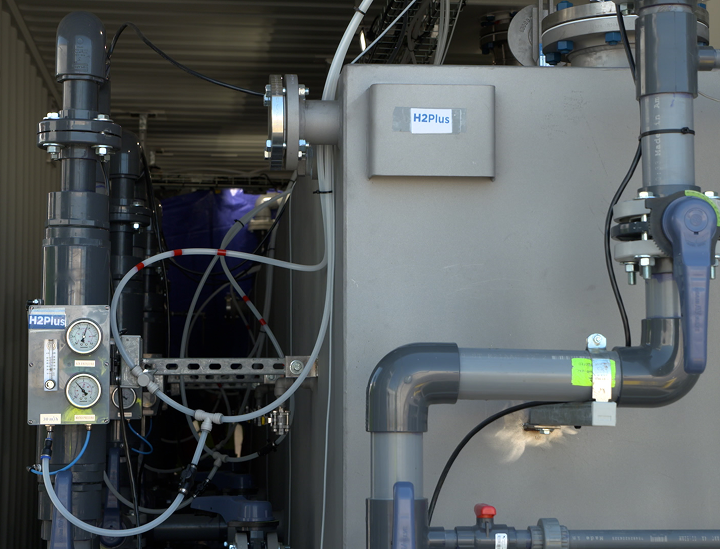
Home / Optimizing PFAS Destruction Pre- and Post-DAF Treatment
Optimizing PFAS Destruction Pre- and Post-DAF Treatment
H2Plus Technologies partnered with the Michigan Landfill to conduct a pilot study aimed at identifying the most effective stage for PFAS destruction within the leachate treatment process. Given the complex nature of PFAS compounds and their varying behavior in different water chemistries, the study focused on comparing pre-DAF and post-DAF treatment scenarios. By leveraging H2Plus’s advanced hydrated electron technology, the pilot study provided critical insights into maximizing PFAS removal efficiency while ensuring cost-effective, scalable solutions for landfill operators.